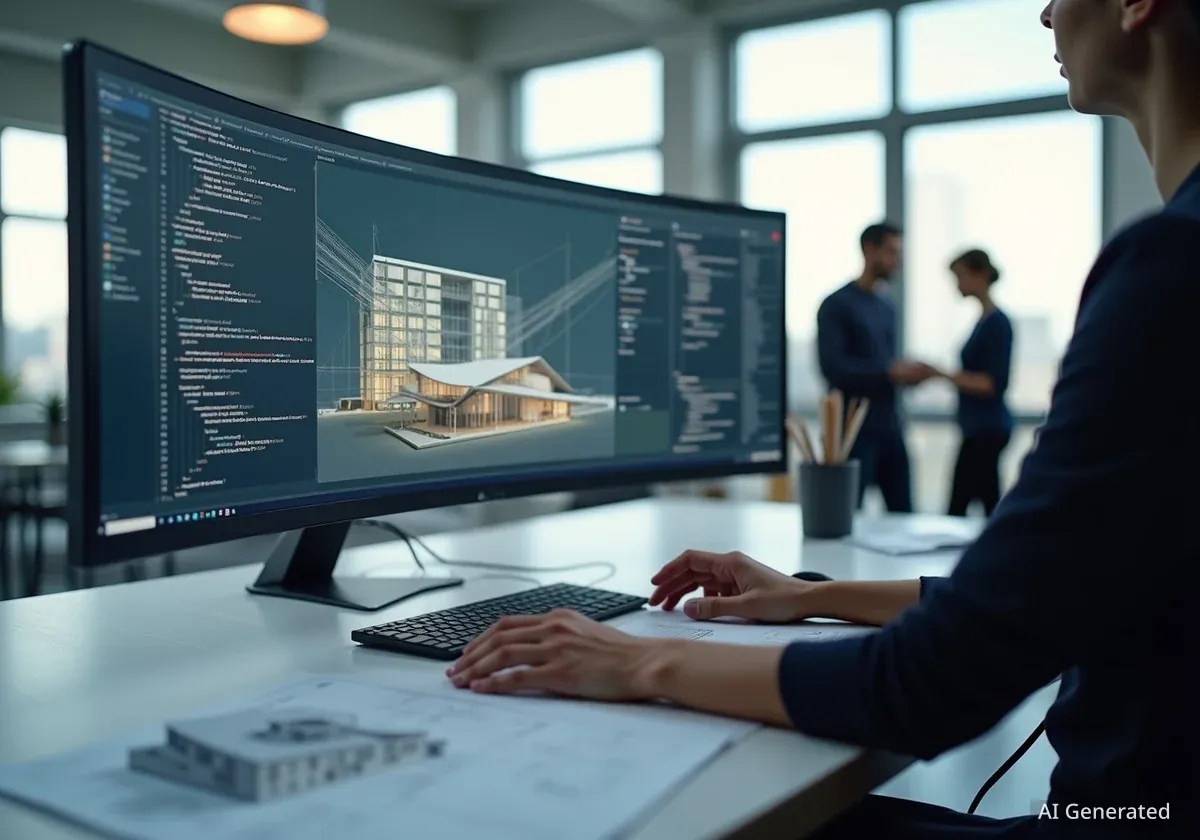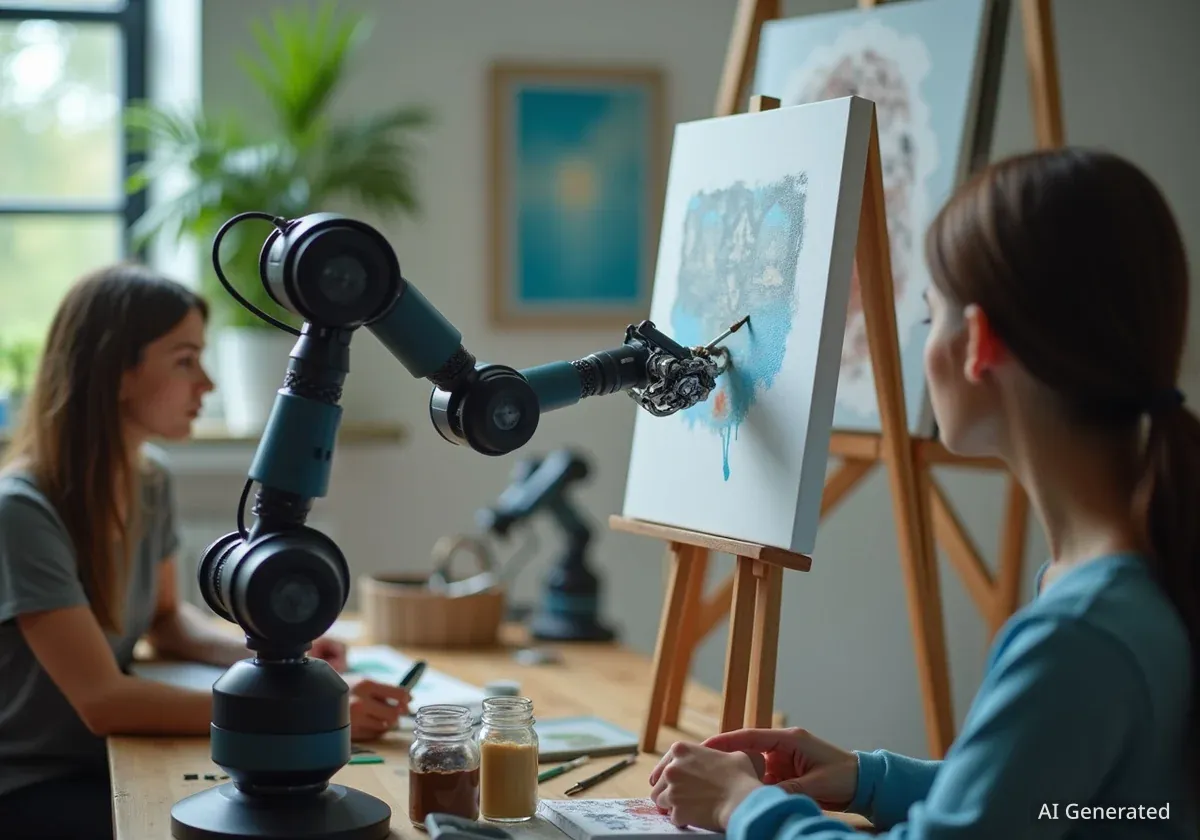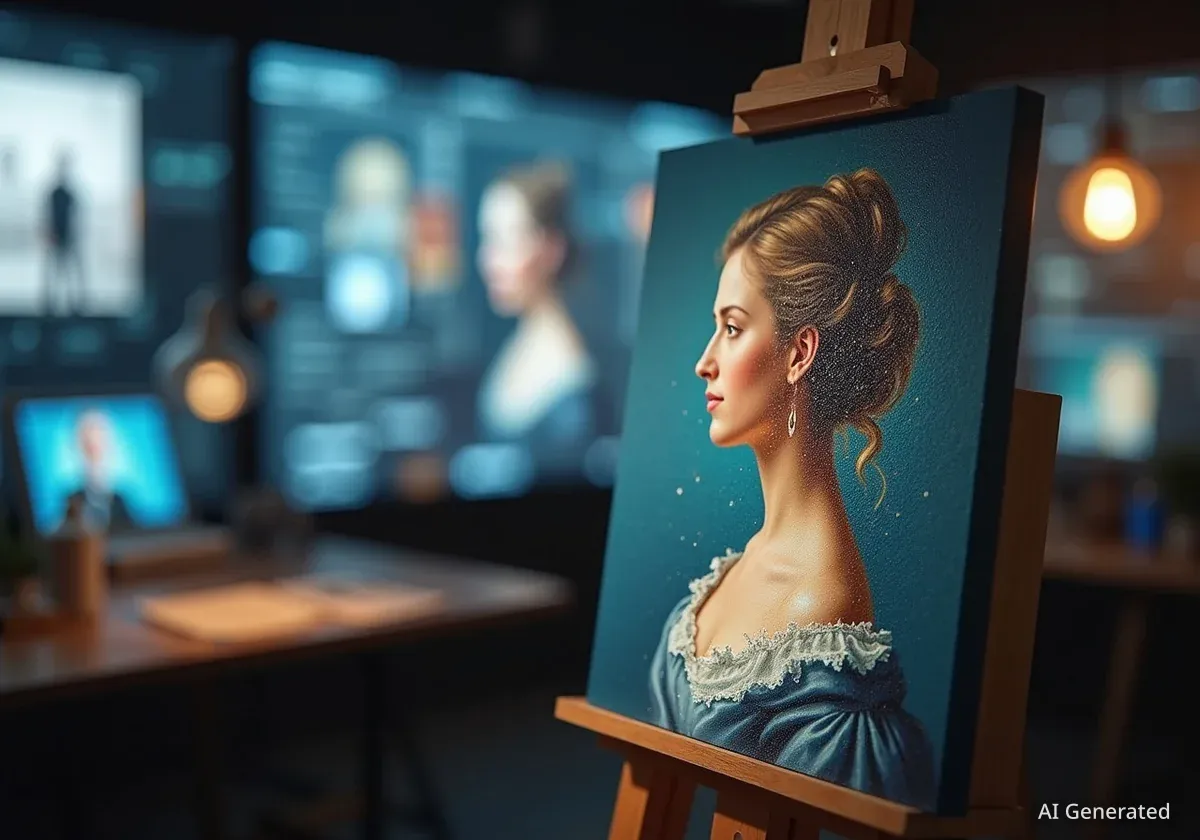Artificial intelligence (AI) is fundamentally changing the architectural, engineering, and construction (AEC) sector. This technology offers significant advantages, especially in the early stages of design. AI helps architects manage complex projects, meet tight deadlines, and work within strict budgets. It moves the focus from repetitive tasks to more creative and strategic decision-making.
Architecture is a field with lasting impact. Buildings shape landscapes and influence lives for decades. This permanence creates unique challenges. Architects must design impactful spaces under pressure, often with limited time and resources. They also navigate complex regulations and coordinate construction. There is often a misconception that design is simple or easily done.
Key Takeaways
- AI streamlines early design phases, reducing repetitive tasks.
- It helps architects meet tight deadlines and budget constraints.
- Platforms like Snaptrude integrate AI for real-time analysis and visualization.
- AI empowers architects to focus on creative problem-solving.
- The technology aims to revalue the intellectual work in architecture.
Challenges in Traditional Architectural Practice
The architectural profession faces constant pressure. The need to balance quality, cost, and speed often leads to compromises. Architects frequently sacrifice their own time, health, or even project integrity. This cycle can diminish the perceived value of design in society. The long-standing 'good, fast, and cheap' triangle rarely resolves without these sacrifices.
Traditional technology has offered little relief. The AEC sector still relies on fragmented software and workflows. Many of these tools were developed in an earlier era. They demand extensive attention at every project stage. While these tools have built advanced structures, they have not kept pace with increasing project complexity or urgent deadlines. This results in long work hours and overburdened teams, leaving little room for creative thought.
Fact: Project Complexity
Modern architectural projects are becoming increasingly complex. This includes integrating sustainable features, advanced structural systems, and smart technologies. These elements add layers of data and coordination requirements.
AI as a Strategic Partner in Design
Artificial intelligence is emerging as a strategic collaborator, not a replacement. Its impact is most notable in the early design phases. Architects traditionally spend valuable time on repetitive tasks, such as data gathering. AI can automate these processes, freeing up time for more critical design decisions.
"Instead of reinforcing the logic of 'working more hours to compensate,' AI points toward a shift: working more intelligently and strategically, focusing on what truly matters." — Eduardo Souza, ArchDaily
AI can generate initial layouts from program requirements. It can cross-check building codes in real time. It performs early energy simulations and produces reference images in seconds. These capabilities reduce friction in the design process. They create space for deeper creative reflection and problem-solving.
Background: The AEC Sector
The Architecture, Engineering, and Construction (AEC) sector is a global industry. It involves designing, building, and maintaining infrastructure. It is known for its slow adoption of new technologies compared to other sectors, but AI is beginning to change this trend.
Snaptrude: An AI-Powered Design Platform
Among new platforms, Snaptrude integrates AI directly into the early design stages. Unlike software that requires manual construction of masses or layouts, Snaptrude allows projects to start from textual descriptions. Users simply input the building type, site, and program. The system then generates an initial spatial proposal.
The generated model remains fully editable. Architects can refine it at any time. This ensures creative control without wasting hours on repetitive tasks. Snaptrude incorporates several AI-assisted features:
- AI-assisted research: Integrates building codes, accessibility standards, and cost benchmarks directly into the design environment.
- Real-time analysis: Automatically cross-checks information such as program areas, flows, and spatial proportions. This reduces errors and ensures compliance.
- Instant rendering and visualization: Eliminates the need to export models to other software. It enables rapid testing of materials, openings, or urban contexts without interrupting the creative flow.
These functions significantly boost productivity. Design teams can develop a solid concept in hours, rather than days. This concept is validated by data and ready for refinement with clients and stakeholders. AI gives architects back essential time. This time can be used to think, investigate materials, refine solutions, and advocate for their ideas' value.
The Value of Creative Time
The ability to reclaim time is crucial. It allows architects to focus on the intellectual work of architecture. This work goes beyond technical documents. It involves deep creative thought and critical problem-solving. AI does not eliminate architectural complexity. It also does not guarantee shorter workdays. However, it offers the possibility to reorganize daily practice.
By reducing mechanical tasks, AI frees up energy for creative and critical attention. The goal is not to produce more in less time. It is to work more strategically. Architects no longer have to absorb the costs of an unbalanced system alone. This shift could redefine the profession's challenging equation more fairly.
The integration of AI in design tools marks a significant evolution. It promises a future where architects can dedicate more energy to innovation and less to drudgery. This transformation could lead to more thoughtful, efficient, and impactful architectural solutions worldwide.




